
A Whole Brain and Body Approach to Hemorrhagic Stroke Treatment
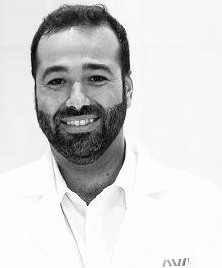

After a stroke, looking ahead to an uncertain future can bring profound feelings of concern and apprehension. Hemorrhagic stroke survivors often grapple with a heightened sense of upheaval when facing the prospect of a lengthy or difficult recovery.
However, the path forward is not a solitary one. It involves a collaboration of support solutions working together to empower your recovery as you progress through your hemorrhagic stroke treatment journey.
Hemorrhagic strokes, caused by ruptured blood vessels in the brain, differ from ischemic strokes, which stem from a blockage of blood flow. Between these two primary types of strokes, hemorrhagic strokes are linked to escalated chronic health challenges, including a loss of muscle strength, cognitive changes, and dependence on various support systems.
This is where comprehensive, holistic treatment of hemorrhagic stroke can offer hope. The road ahead may require resilience and recalibration, but a multidisciplinary approach to rehabilitation provides a roadmap toward rebuilding your life.
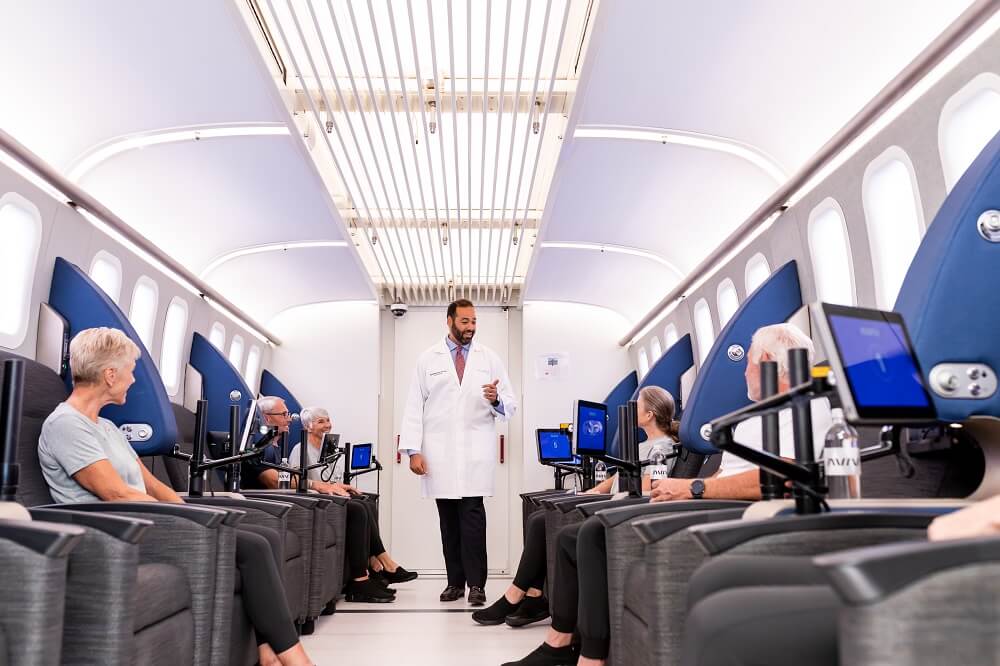
The Importance of a Holistic Approach to Hemorrhagic Stroke Treatment
Post-stroke, the physical, cognitive, and emotional challenges you experience can leave you feeling lost in a world that once felt familiar. While the physical aspects of treatment for hemorrhagic stroke survivors are crucial priorities, the effects of a stroke can be far-reaching, such as:
- Experiencing changes in physical and mental capabilities
- Coping with memory loss and cognitive decline
- Struggling with tasks that were once routine
- Managing a loss of independence
- Dealing with feelings of depression or anxiety
Those who have faced these chronic challenges know how impactful they are on a person’s overall well-being—in ways that can redefine their everyday life.
A holistic approach to hemorrhagic stroke treatment serves to validate this experience. It acknowledges all aspects of a person’s health—physical, cognitive, emotional, and social—as interconnected, equally vital factors of a fulfilling life. Science shows that comprehensive treatment strategies that integrate multiple aspects of the patient’s health can help “reduce the longer-term health burden of stroke” to improve health outcomes over time.
The timeline of stroke recovery and rehabilitation looks different for each individual. With multifaceted treatment strategies, each step of your journey is met with support, guidance, and personalized care to optimize your recovery.
A hemorrhagic stroke affects the brain and body—a personalized, comprehensive treatment plan should do the same.
Physical Therapy

Because stroke patients can face numerous physical challenges, physical therapy (PT) is often one of the first modes of treatment for hemorrhagic stroke survivors. Physical therapy can help address some of the chronic symptoms that follow a stroke, including:
- Paralysis or weakness
- Trouble with balance or coordination
- Muscle stiffness or spasticity
- Limited range of motion
- Pain in one or more extremities
- Impaired mobility
The Benefits of Physical Therapy for Stroke Treatment
Through targeted interventions, physical therapy can make a marked difference in your long-term well-being. Studies show that post-stroke patients benefit greatly from physical therapy interventions, which “improve motor function, reduce disability, increase physical activity and fitness levels, and improve quality of life for stroke patients.”
Physical therapists can offer invaluable assistance in relearning movement and coordination abilities you may have lost as a result of the stroke. Tailored treatment exercises help to:
- Improve mobility and balance: A variety of exercises, including gait training, balance exercises, and functional mobility practice, can help you move safely and confidently through your environment and reduce the risk of falls.
- Increase range of motion: Different stretches and manual therapy techniques can gradually increase the flexibility and range of motion in affected parts of your body, which helps promote overall mobility and function in your joints and muscles.
- Reduce muscle spasticity and contractures: Techniques such as passive stretching, splinting, and specific positioning exercises can help relax muscles, alleviate stiffness, and regulate muscle function.
- Promote functional independence: Activities of daily living (ADLs) training involves practicing actions involved in grooming, dressing, or moving from one position to another to help you regain the ability to perform daily tasks independently.
Integrated physical, cognitive, and emotional support can address the multifaceted challenges that post-stroke patients experience, maximizing the chances of improved quality of life.
Occupational Therapy
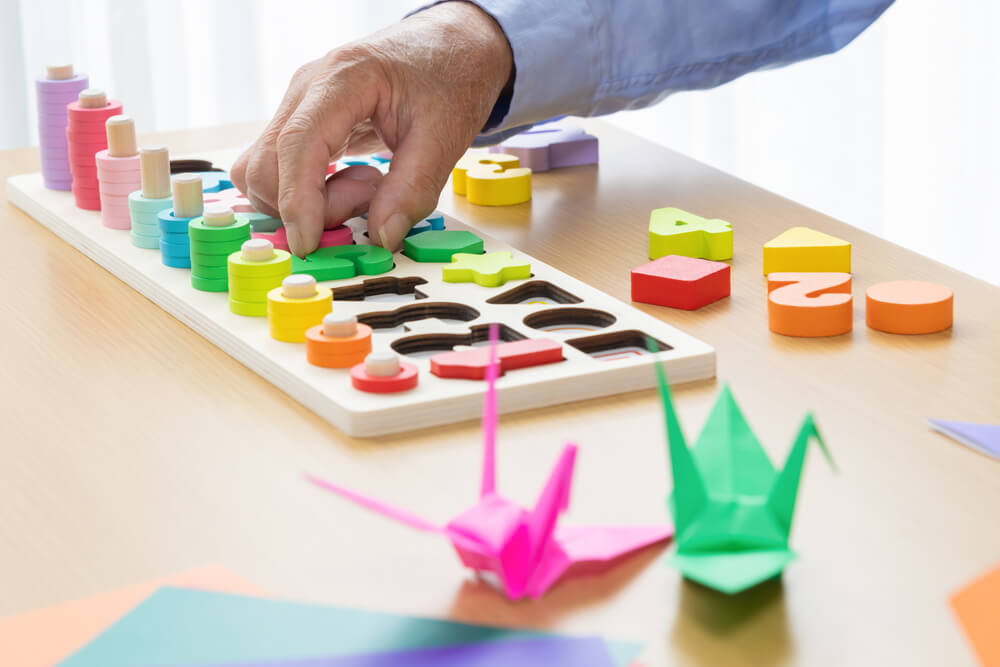
Any loss of independence, no matter how minor, can feel monumental in the aftermath of a stroke. If you experience any functional challenges with self-care, know you’re not alone—in one study, 80% of post-stroke patients cited ADLs (Activities of Daily Living) as one of the prominent “health problems identified with the Post-Stroke Checklist.”
It can be difficult to find a new normal in the midst of chronic post-stroke symptoms. Incorporated into a treatment plan for a hemorrhagic stroke patient, an occupational therapist is an invaluable source of support as you work to regain your independence.
The Role of Occupational Therapy in Post-Stroke Treatment
In occupational therapy, post-stroke patients work with providers to develop strategies to adapt to and rebuild their everyday lifestyle. An occupational therapist assesses your motor and cognitive functions to determine which strategies and techniques will most help you compensate for any limitations. These may include:
- Modifying your environment for maximum accessibility
- Practicing cognitive and perceptual skills
- Learning alternative ways to perform daily tasks independently
- Training to use assistive devices and equipment, as needed
- Job retraining or workplace accommodations if you return to work
Keep in mind that if you have any difficulty completing personal care tasks, whether it requires minor assistance from another person or using special equipment aids, these limitations in ADLs are normal and valid.
Occupational therapists take your limitations into account, working with you to create a safer, more successful way of life through interventions that focus on your specific needs and goals.
Speech Therapy
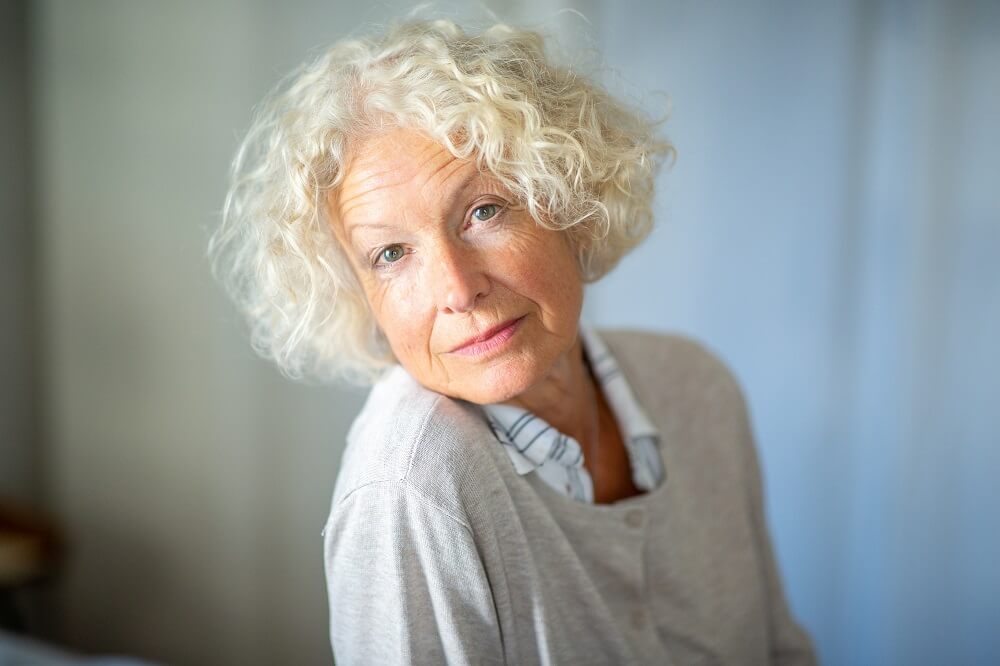
It’s common to experience communication difficulties after a hemorrhagic stroke. These challenges may involve trouble articulating your speech, remembering certain words, or comprehending written or spoken language. Speech-language pathologists are uniquely qualified to address these challenges.
How Speech Therapy Functions for Post-Stroke Recovery
Speech therapy involves several types of exercises that improve different aspects of communication to help you express yourself and engage with others. It also helps address swallowing difficulties and muscle weakness with targeted exercises that develop strength and function.
In speech therapy, you may engage in:
- Articulation drills to improve clarity and pronunciation
- Cognitive communication exercises to improve attention and memory
- Functional communication activities to improve everyday skills
- Safe swallowing exercises to build muscle coordination and strength
- Augmentative and alternative communication (AAC) strategies to compensate for impairments
Ultimately, speech therapy helps you find your voice again. Whether through devices or exercises, these strategies aim to restore speech clarity, language comprehension, and the overall communication abilities that are vital for interacting with the world around you.
Diet and Nutrition
 A multidisciplinary hemorrhagic stroke treatment plan considers every aspect of your recovery, including your diet. The importance of a healthy lifestyle is higher than ever, especially to support your cardiovascular system and keep your blood pressure in check.
A multidisciplinary hemorrhagic stroke treatment plan considers every aspect of your recovery, including your diet. The importance of a healthy lifestyle is higher than ever, especially to support your cardiovascular system and keep your blood pressure in check.
Research shows not only that high blood pressure, or hypertension, “is the most common cause of hemorrhagic stroke” but also that “hypertension is a risk factor for ischemic and hemorrhagic stroke recurrence.”
To reduce the likelihood of subsequent strokes, a balanced, heart-healthy diet is a vital component of your path forward.
The Significance of a Heart-Healthy Diet Post-Stroke
A nutritionist or dietitian can work with you to create a diet that lowers your blood pressure and promotes heart health, but you can start making heart-healthy diet choices on your own at any time.
You can find heart-healthy foods in every nutrient-dense food group:
- Fruits: Berries, oranges, apples, bananas
- Vegetables: Leafy greens, carrots, broccoli, peppers
- Whole grains: Brown rice, oats, quinoa, whole wheat
- Lean proteins: Fish, tofu, legumes
- Healthy fats: Avocado, olive oil, nuts, seeds
The Mediterranean diet focuses heavily on these foods in particular. A review of numerous studies showed that “high adherence to [the] Mediterranean diet was protective against stroke” and could be helpful for supporting healthy weight, blood pressure, and cholesterol.
As an added benefit, a balanced diet can aid in other aspects of your recovery by supporting your brain health. These nutritious foods also serve as a source of sustained energy, essential for your rehabilitation. Please remember to consult your physician before starting a new diet.
Physical Activity and Exercise

Physical activity after a stroke may feel both daunting and hopeful. Your body may feel different. Rest assured, there are options and resources to guide you every move, stretch, and step of the way.
The cumulative research on post-stroke rehabilitation “clearly supports the use of various kinds of exercise training,” each with its own benefits. These forms of exercise include:
- Aerobic exercise, which can improve cardiovascular fitness, mobility, cognitive performance, and overall health
- Strength training, which can improve muscular function, mental health, and quality of life
- Flexibility exercises, which can relieve muscle spasticity and improve motor function and range of motion
- Stretching exercises, which can prevent muscle shortening, joint contractures, and stiffness
Other helpful forms of exercise include activities that require coordination of the mind and body, such as neuromuscular training and traditional Chinese exercises like tai chi.
Building a Post-Stroke Exercise Routine
Raising your heart rate may be a very different experience than before your stroke. Remember, any exercise routine can be tailored to your journey. Approach physical activity with patience and understanding of your current abilities. As with anything on your hemorrhagic stroke treatment path, it’s okay to take things one step at a time, but remember to consult your physician before beginning any exercise routine.
Here’s how to approach exercise at your own pace:
- Start slow with gentle, low-impact exercises.
- Pay attention to how your body responds.
- Set achievable goals that align with your needs.
- Stay consistent with regular exercise.
- Seek support from your healthcare team whenever you need it.
Along the way, make sure to celebrate every small victory. Trust in your body’s ability to adapt, and remember: Progress is progress, no matter how small.
Hyperbaric Oxygen Therapy

In the first few months after a hemorrhagic stroke, treatment focuses on interventions to stabilize and address your immediate medical needs. The goal during this first phase of treatment is to optimize your health outcomes and lay the groundwork for ongoing recovery and rehabilitation.
When chronic symptoms persist beyond the three-month mark, depending on your recovery timeline, hyperbaric oxygen therapy (HBOT) may become an option to support you in your recovery.
HBOT as a Component of Hemorrhagic Stroke Treatment
HBOT is the process of breathing pure oxygen in a pressurized chamber. This allows the body to take in more oxygen than under normal atmospheric conditions. The increased supply circulates through the bloodstream, delivering higher oxygen levels to tissues throughout the body, including brain tissue.
The hyperoxic/hypoxic paradox (high levels of oxygen alternated with normal levels of oxygen) triggers the body’s self-healing potential by promoting cellular repair and regeneration. For post-stroke patients, this means:
- Reduced brain edema: HBOT has shown promise in “reducing intracranial pressure,” including brain swelling or edema, alleviating pressure on brain tissue.
- Neuroprotection: The augmented oxygen levels delivered to the brain may help protect and support brain tissue, thus supporting cognition. In one study, people who experienced hemorrhagic strokes “had a significantly higher improvement in information processing speed post-HBOT.”
- Improved blood flow: Because HBOT prompts an “improvement in cerebral blood flow,” it has the potential to enhance blood flow to the areas of the brain affected by the stroke, which can help with your neurological recovery.
- Anti-inflammatory effects: It’s known that “improving oxygenation can oppose inflammation” in the body. HBOT’s elevated oxygenation can establish an environment conducive to healing by reducing inflammation associated with post-stroke injury in the brain and body.
When used as part of your chronic hemorrhagic stroke treatment plan, HBOT can contribute to enhanced outcomes by promoting healing at the cellular level. After a minimum of three months following the stroke, an assessment can determine whether HBOT is ideal for your stage of recovery.
The holistic Aviv Medical Program—which involves multiple strategies, including HBOT—offers a synergistic approach to stroke recovery, with an in-depth assessment of your health as the first step.
Watch Lee’s Remarkable Recovery Story
The Road to Recovery
Surviving a hemorrhagic stroke is just the beginning of the journey. The road to recovery can be challenging, but with the right support and therapy, many patients regain their independence and quality of life.
Rehabilitation programs often encompass physical therapy, speech therapy, and occupational therapy, all tailored to individual needs. Combining different therapies offers comprehensive support for the many facets of your recovery at every stage.
With the Aviv Medical Program, numerous rehabilitation strategies form a personalized roadmap to help you reclaim your life after a stroke.
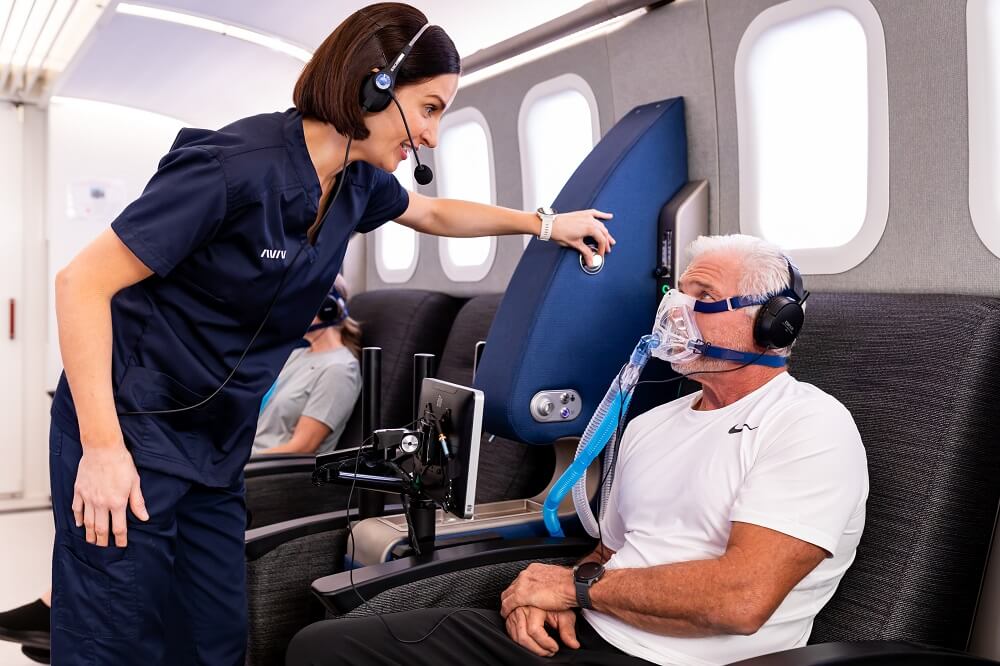
A Holistic Medical Program for Post-Stroke Treatment
The Aviv Medical Program combines several modalities to maximize the potential for your stroke rehabilitation. It can include:
- Hyperbaric oxygen therapy
- Nutritional guidance
- Physical training
- Cognitive training
This comprehensive program begins with an assessment to evaluate your health and personal goals. It allows us to provide personalized care according to your unique health profile and needs, ensuring every therapy is relevant to your recovery journey and maximizing effectiveness.
Our program has helped stroke survivors make measurable physical and cognitive improvements years after they stopped seeing progress from other treatments.
Take Cindy Parsons. Four years after her hemorrhagic stroke, Cindy struggled with chronic symptoms that hindered her quality of life. Through the Aviv Medical Program, she was able to regain the ability and confidence to perform daily tasks she once thought impossible.
“Because of Aviv, I am able to do those things—and it has changed my life.”
Watch Cindy’s story
Finding Hope with Hemorrhagic Stroke Treatment Solutions
The path to recovery after a hemorrhagic stroke may not be linear, but progress is possible. Healing is a process, and the journey toward an improved quality of life can unfold in unexpected ways—even years after a stroke.
At Aviv Clinics, our comprehensive approach creates a holistic hemorrhagic stroke treatment strategy tailored to the unique needs of each stroke survivor. Through our cutting-edge program, those seeking to maximize their recovery can experience renewed potential for the future.
Explore the possibilities that HBOT and the Aviv Medical Program can offer in your post-stroke journey.
Want to learn more? Join our free webinar:
Recovering After a Stroke – Is it ever too late?
Aviv Medical Program provides you with a unique opportunity to invest in your health while you age


